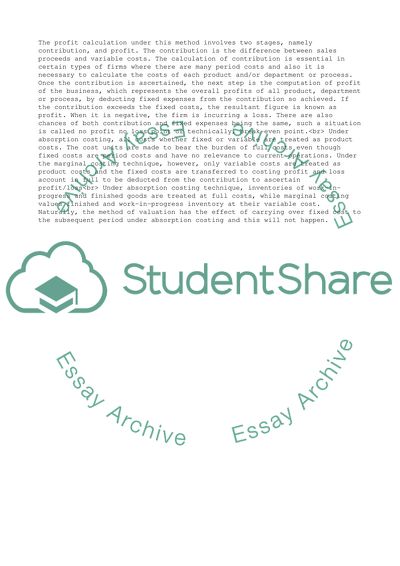Cite this document
(Absorption and Marginal Costing Assignment Example | Topics and Well Written Essays - 2000 words, n.d.)
Absorption and Marginal Costing Assignment Example | Topics and Well Written Essays - 2000 words. Retrieved from https://studentshare.org/business/1554485-absorption-costing-and-marginal-costing-compared
Absorption and Marginal Costing Assignment Example | Topics and Well Written Essays - 2000 words. Retrieved from https://studentshare.org/business/1554485-absorption-costing-and-marginal-costing-compared
(Absorption and Marginal Costing Assignment Example | Topics and Well Written Essays - 2000 Words)
Absorption and Marginal Costing Assignment Example | Topics and Well Written Essays - 2000 Words. https://studentshare.org/business/1554485-absorption-costing-and-marginal-costing-compared.
Absorption and Marginal Costing Assignment Example | Topics and Well Written Essays - 2000 Words. https://studentshare.org/business/1554485-absorption-costing-and-marginal-costing-compared.
“Absorption and Marginal Costing Assignment Example | Topics and Well Written Essays - 2000 Words”, n.d. https://studentshare.org/business/1554485-absorption-costing-and-marginal-costing-compared.


